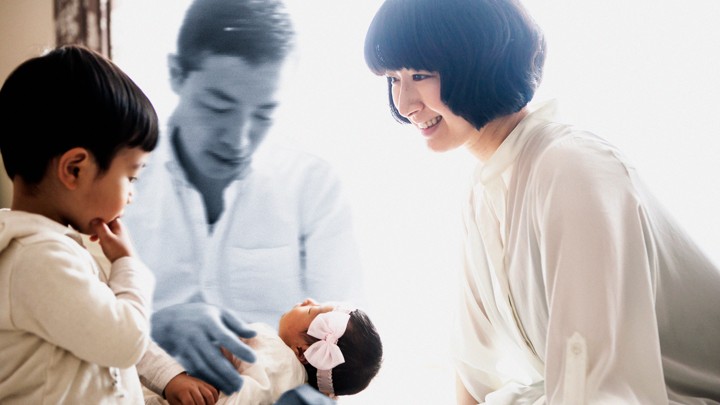Coding

The newest vertical orientations of the models in selfie try set was coded from the half dozen browse personnel (three guys, about three lady) blind into hypotheses of one’s studies. Our rationale having assessing selfies’ straight orientation playing with people scoring instead than simply a target dimensions try driven of the a couple of facts: (1) understand exactly how some one possess portrait’s topic according to by themselves, and you will (2) from the incapacity out-of Face Detection Application in order to find the brand new amount of head-tilt due to hidden photographic compositions, worst visualize resolution, or occluded opinions of one’s face (age.g., tresses, sunglasses).
Excite say and this vertical venue do you think you are relative to anyone from the visualize-a lot more than them, below them, or if he could be from the an equal peak to you
To ple put, personnel vocally conveyed their relative spatial judgment for each images if you’re the key researcher coded their solutions toward yet another pc. Poses dependent regarding above was indeed coded since the +step 1, presents from lower than due to the fact ?1, and a straight angle since 0 (we.age., zero visible head-tilt; pick Shape step 1 to own types of for every single angle).
Shape step 1. Samples of straight digital camera direction control. From leftover in order to correct, the latest presented photos train selfies shoot regarding an above, frontal, and you will below perspective.
The posing choices for all assistants were then compiled in a spreadsheet for further comparison. The directionality of portrait orientation for each selfie was determined to be from above, below, or equal if there was agreement among four of the six raters. Images with less than four agreements were discarded prior to analysis; this equated to 95 images (14%) and with a moderate inter-rater agreement (Altman, 1999) determined using Cohen’s Kappa, ? = 0.4, (95% CI, 0.0350.044), p < 0.001.>
Performance
Frequencies of the spatial orientation from the selfie sample suggests that distinctly vertical compositions of the camera were commonly used by both men and women, as profile photos with an above or below orientation were presented in 55.1% and 42.1% of pictures, respectively (see Table 1 for all spatial frequencies). To determine if there was a difference between posing orientation depending on gender, a one-way ANOVA was conducted. However, the ANOVA’s homogeneity of variance assumption was violated as indicated by the Levene’s test, F(1, 554) = , p < 0.001;>(1, 398.4) = , p < 0.001,>
Shape 2. Proportion out-of vertical presents (SE) based on gender. The fresh new figure illustrates the fresh new proportional difference between men and ladies interest off delivering vertical selfies; which is, when excluding natural poses, guys exhibited a prejudice for portraits of selfies away from below, whereas female as an alternative demonstrated an overhead-bias.
To examine if the directionality of men’s and women’s poses were significantly different from zero (i.e., a straight pose), two one-sample t-tests were computed. The analyses corresponded with our predictions; men oriented the camera more often from below, t(206) = ?4.291, p < 0.001,>(348) = 2.577, p = 0.01, Cohen’s d = 0.276. Taken together, the results illustrate the contrast between how men and women choose to spatially represent themselves in a mate-attraction context.
Talk

Selfies displayed from inside the internet dating profile photo was predict to vary because of the straight cam angle according to the sex of the person. The efficiency indicated that profile pictures men and women pages of cellular software, Tinder, showed other vertical biases; the new camera’s direction are shown with greater regularity regarding below for men, and you will more than for women. Such findings likewise have indicated a mechanical bias of selfies within this good mate destination perspective, because the profile pictures were not merely selected, also removed by the Tinder affiliate.
